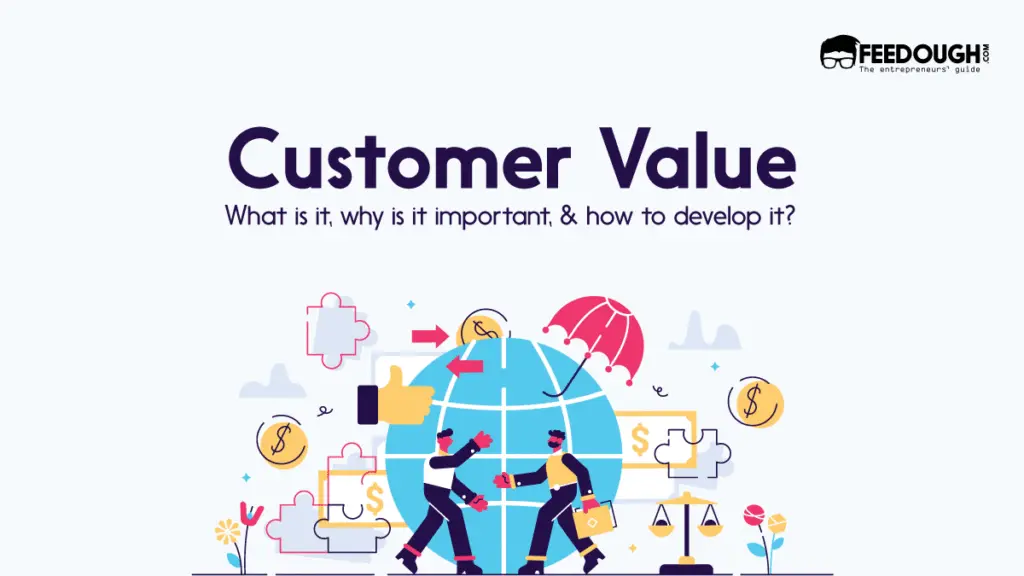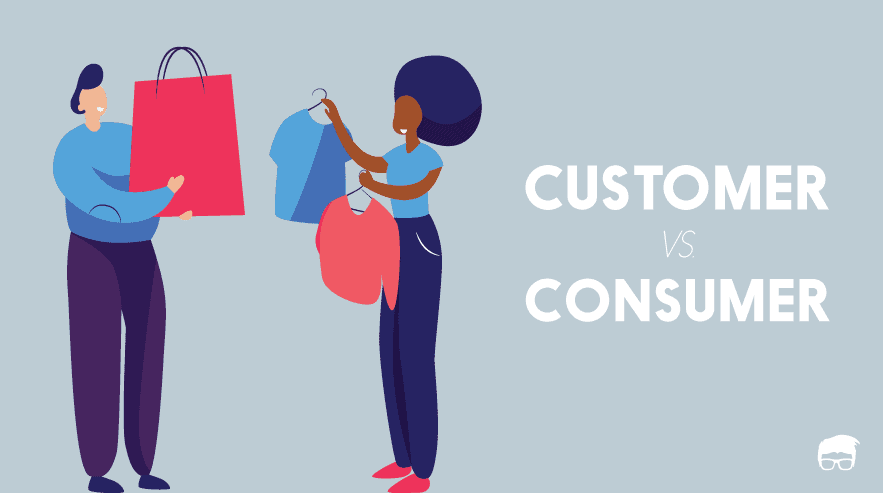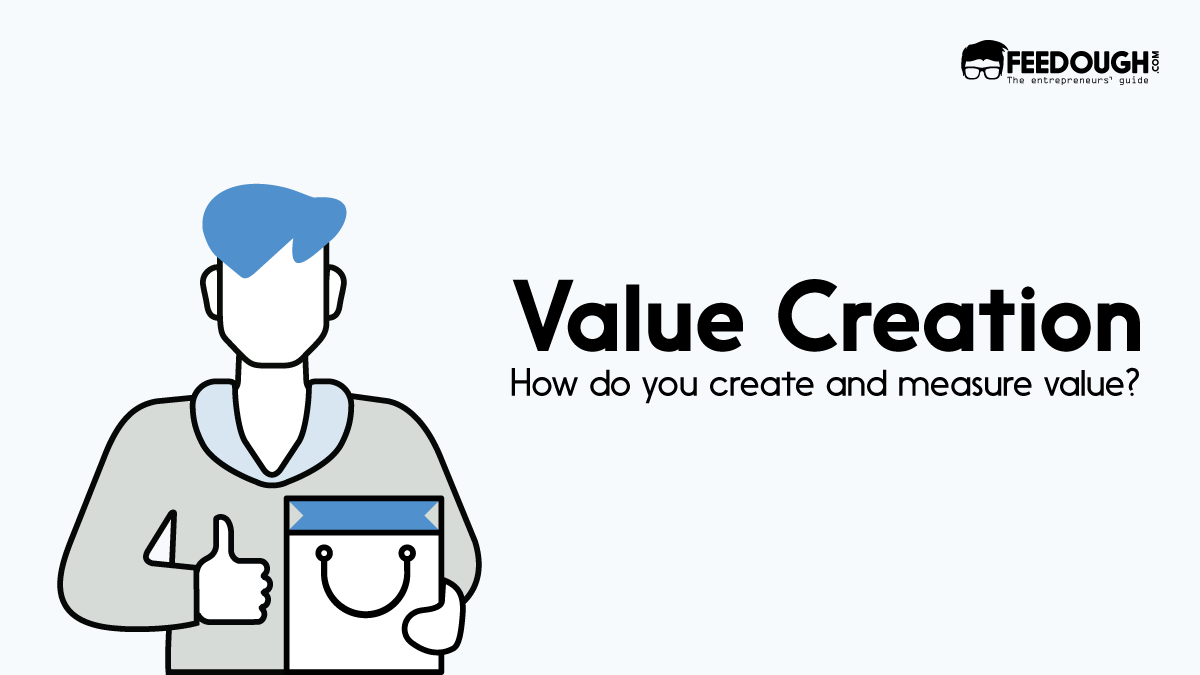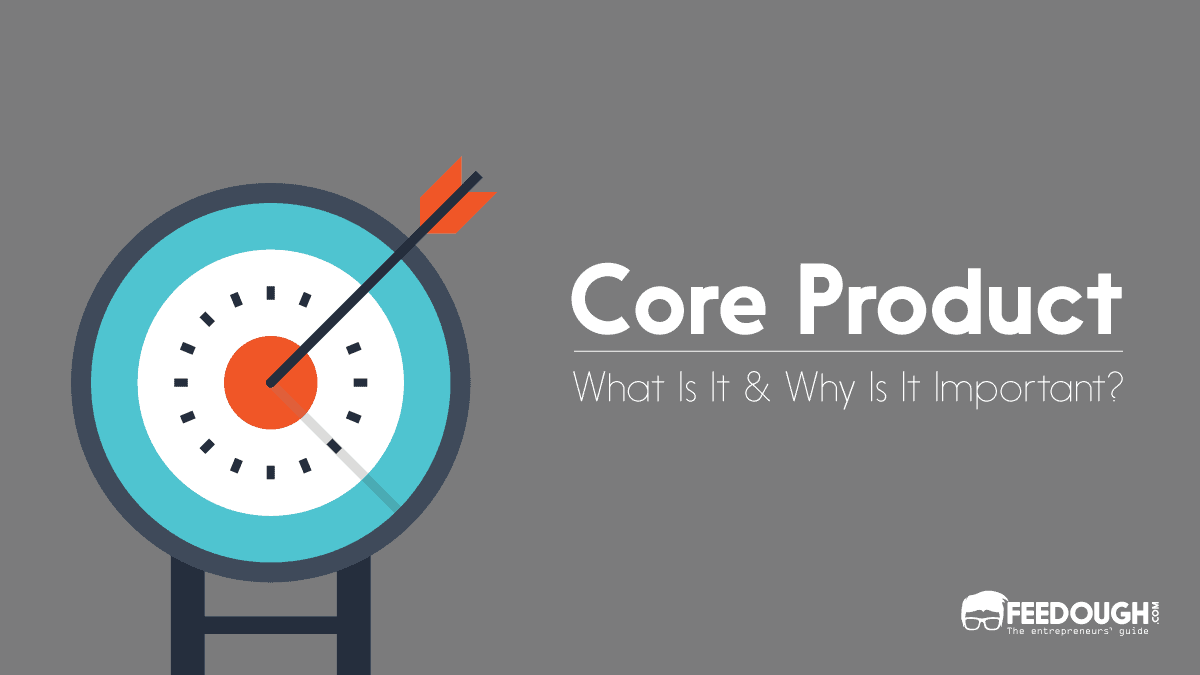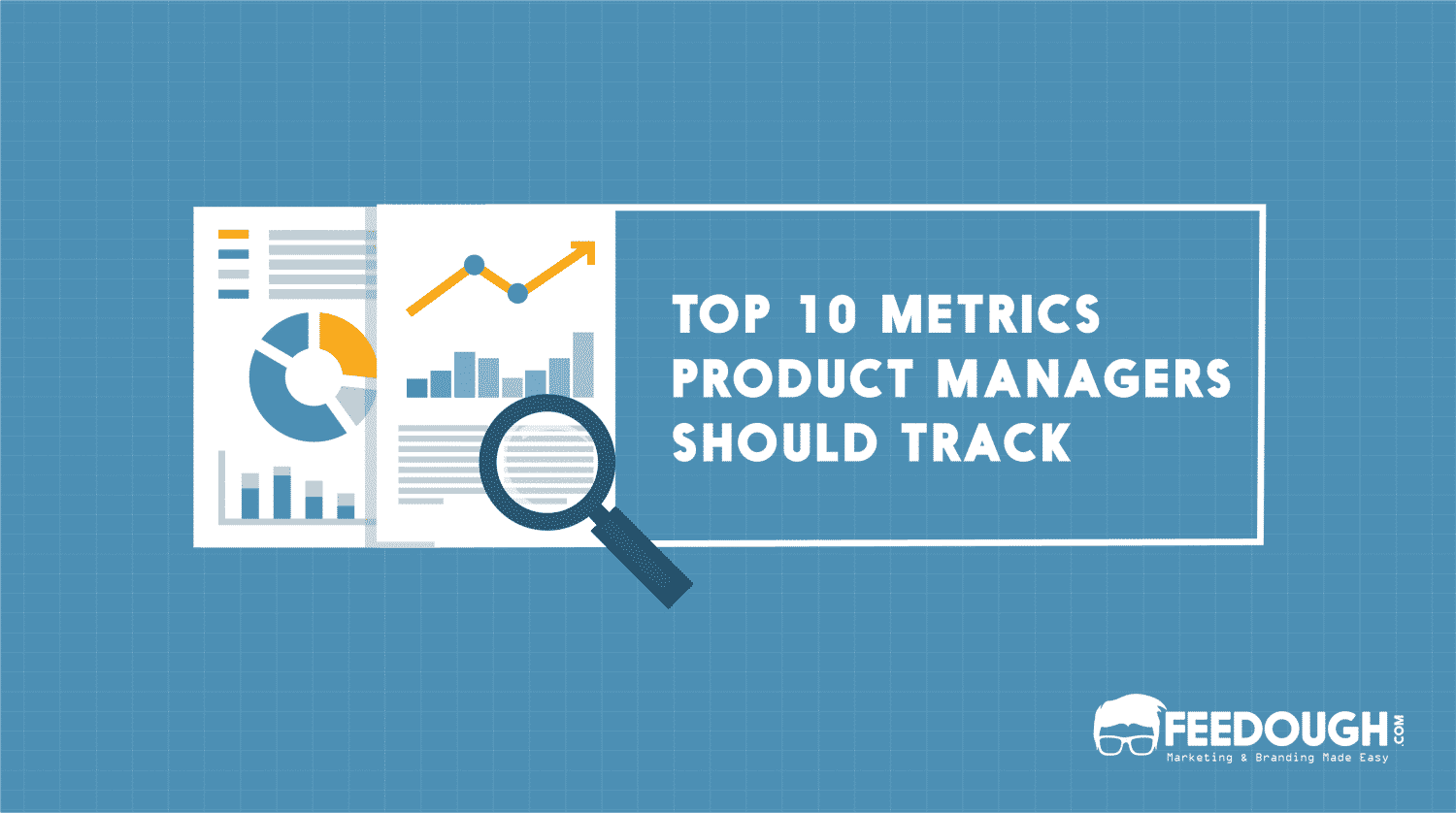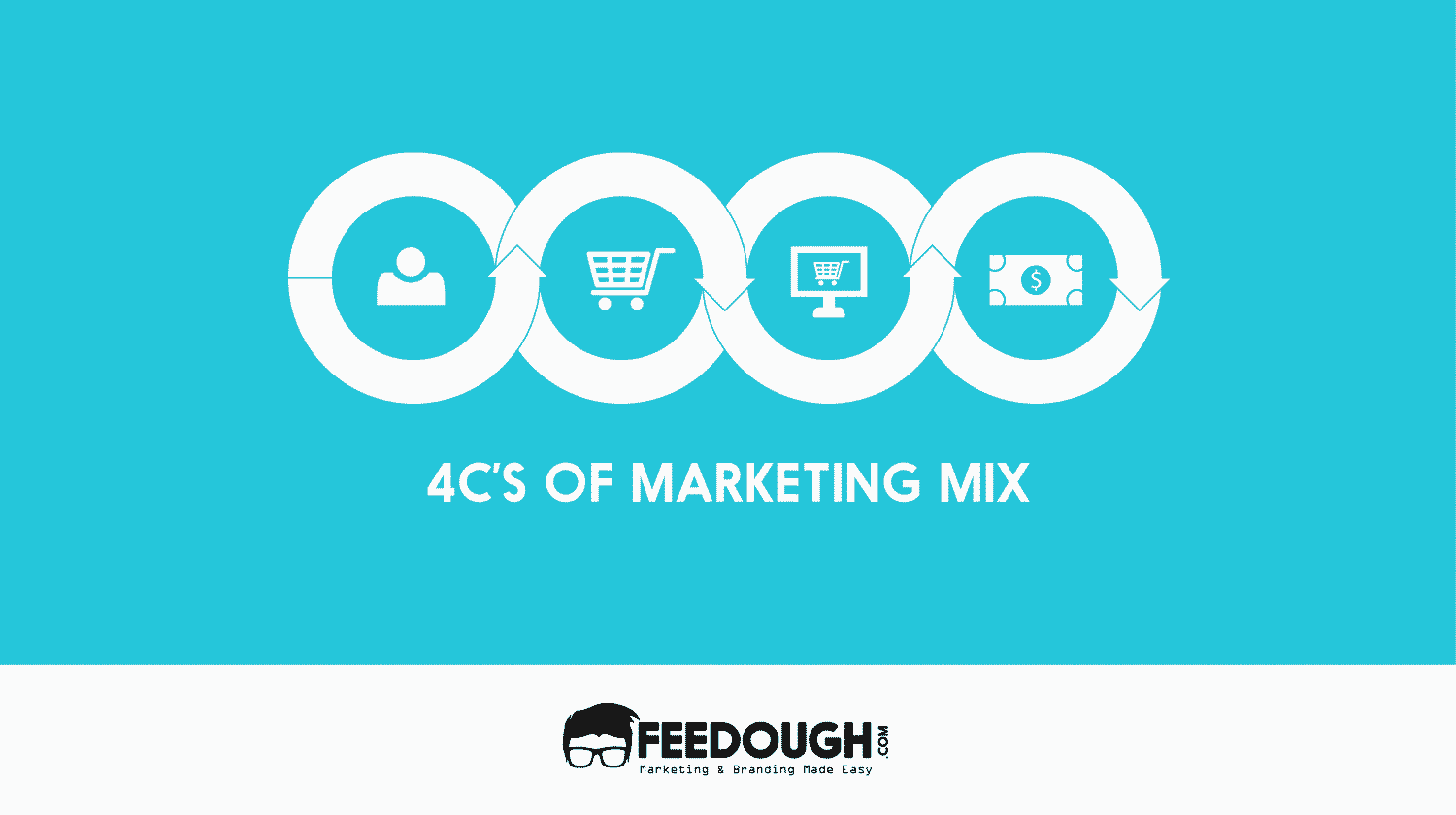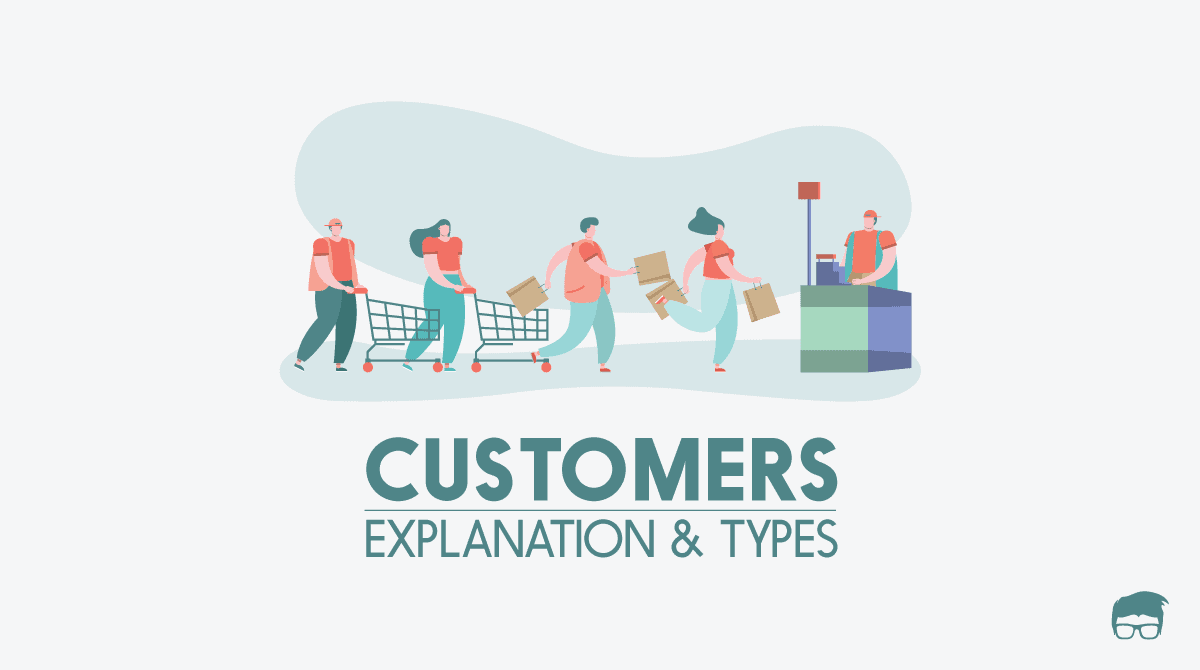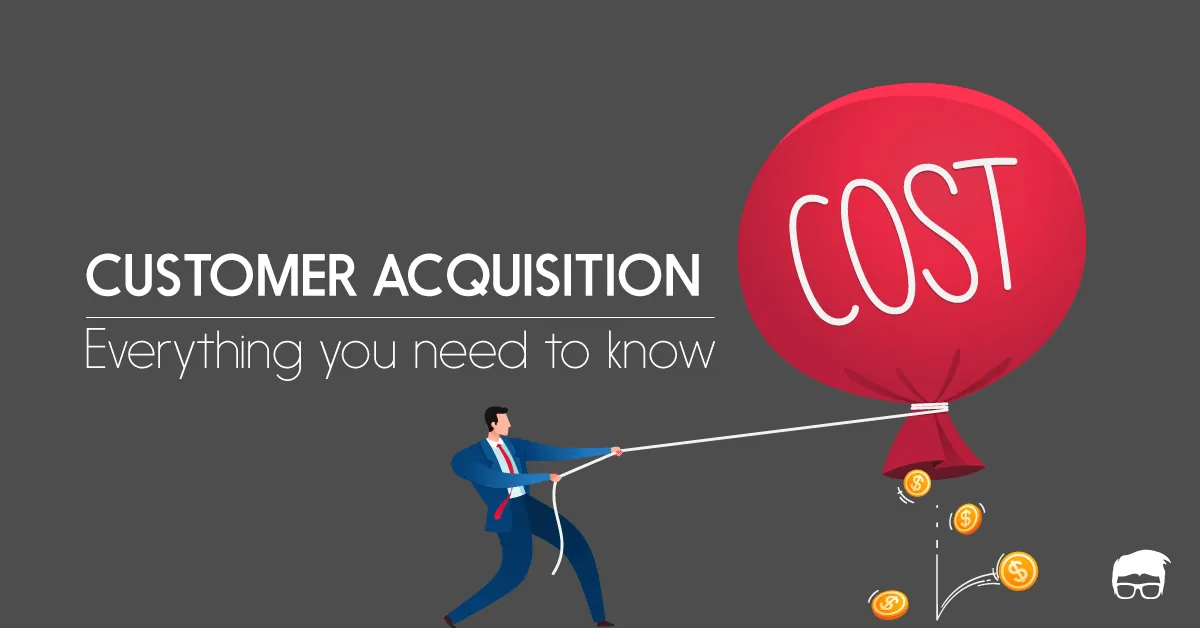Every time a customer purchases a product, they compare the benefit received with the money paid for it. They call it the actual ‘worth’ of the product, relative to the price they paid. This worth of the product makes them stay, repeat purchase, refer the product to others, or do the opposite.
Technically it’s not actually the worth of the product they bought; it’s the value they got from it that they translated into monetary terms. This value is customer value.
What Is Customer Value?
Customer value is the benefit expressed in monetary terms a customer gets in exchange for the price paid for the market offering.
This definition of customer value stands on three key pillars
- Customer value is the benefit: It’s the combination of all the tangible and intangible benefits, including technical, economic, service, and social benefits, a customer receives from the offering bought.
- It is expressed in monetary terms: A customer always weighs the benefits received from the product and the costs incurred in obtaining them by converting the benefits into perceived monetary terms.
- The benefit is compared with the price paid for the offering: The customer value is the net benefit received after subtracting all the costs that the customer incurs in obtaining those desired benefits.
Generally, a customer also compares the net benefits received from one offering with its possible alternatives. It helps determine whether the customer feels they received enough value for the cost they incurred for the offering.
Components Of Customer Values
The value is always defined through the perception of the customer. It’s a result of four value types combined.
- Functional Value: It’s the value the consumer gets after getting their work done or problem solved. The bigger the problem is, the bigger the value served.
- Social Value: It’s the quantification of perceptual benefits acquired from the offering’s association with social class, social status, or a specific social group.
- Psychological Value: It’s the quantification of the psychological benefit a customer receives in terms of expressing themselves or feel better.
- Monetary Value: It’s the value customer deduces after comparing the price paid with the offering’s perceived worth. It’s when all the non-monetary costs come into play.
For example, consider person X is thirsty and person Y offered him a cola drink for a nominal price.
The first value that person X may be looking for in this drink is the functional value that will quench his thirst. Is the quantity enough to quench his thirst? Was he able to get his problem solved?
Second is the social value. Does buying person Y’s cola drink raised his social class, social status, or specific social group?
Third, the psychological value. Does the psychological benefit of trying a new drink and being unique made person X feel better? Did he get any other psychological benefit that helped him express himself or feel better?
The last is the monetary value. Does person X think that the benefits he got from person Y’s cola drink were worth the price he paid?
Value vs Price
Any market offering has two fundamental characteristics – value and price. Price is what the product costs to the customer, and value is what the product is worth to the customer. This worth is derived from the benefits the customer receives from the offering.
During a purchase decision, the value should always outweigh the price, or the product will not sell. The price isn’t always the monetary cost. It also includes non-monetary costs like time, effort, energy, and inconvenience.
The customer always compares the offering’s value and price with its competitive alternative before taking the final decision. Even for offerings with no close competitors, there’s a competitive alternative of customers doing the task themselves or building a product themselves rather than purchasing it.
Hence, for a product to succeed in the market, it should fulfil the following equation:
(Valuep -Pricep) > (Valuea -Pricea)
That is, the net value (value – price) of the business’s market offering should always be more than the net value of the competitive offering.
The Importance Of Customer Value
If we go according to the definition, marketing is all about creating, communicating, and delivering value to customers.
The customer is the king of the market. And today, the only way to fit in their shopping list is to provide benefits that weigh more than the costs incurred to obtain them.
Business goals of earning profits, growth, and expansion are only possible if all the business activities contribute to value creation. A business will only succeed if the value it tends to provide equals or falls below the customer’s perceived value of the offering provided.
How Is Value Created?
A business succeeds in creating value when the customer perceives the offering’s benefits to be more than the involved costs.
Every customer segment has a different definition and priority for benefits and costs. However, all the benefits can be categorised into four types:
- Personal benefits
- Product benefits
- Service benefits
- Image benefits
All the costs can also be categorised into four types:
- Monetary costs
- Psychic costs
- Energy costs
- Time costs
For a business to succeed in developing value, it needs to do thorough research on how the customers prioritise benefits and costs and give weight to the same. Once done, it needs to reduce the costs to a minimum and benefits to a maximum (giving attention to the most important costs and benefits) to increase the net benefit received from the offering.
For example, if a customer prioritises costs as:
- Monetary costs
- Time costs
- Energy costs
- Psychic costs
And benefits as:
- Product benefits
- Personal benefits
- Service benefits
- Image benefits
To create most value for this customer, the business needs to focus on reducing (or increasing) the costs and providing as many functional benefits as it can.
Once done, it can use the value drivers to influence the customers’ purchase decision.
Drivers of Customer Value
The customer perception of value can only be influenced and not controlled. The business can use certain drivers to influence it, though. These value drivers make the customer perceive the offering to be valuable. These are:
- Product function: It’s the product’s functional qualities that help the customer get the task done. The business can add or subtract functions to increase the product value to the customer. If a customer gets more functions than expected, they perceive the product value to be more.
- Price: Price is the monetary cost a customer incurs during the exchange transaction. It is a big influencer of the purchase decision and directly affects the perceived value.
- Quality: It’s the degree to which the offering meets the consumer’s needs. The offering is a high-quality product if it equals or exceeds the user needs.
- Positioning: It’s the unique space the offering occupies in the brains of the customers. It’s how a customer views a specific offering by associating emotions, traits, feelings, and sentiments with it.
- Service: Service provided before, during, and after the purchase decision influence the value substantially.
- Marketing and Branding: Marketing strategies and branding strategies help communicate the intended brand message and product features that influence its perceived value.
- Existing relationships or previous experience: Customer’s existing relationship or previous experience with the brand influence their perceived value of the offering. A good experience results in a halo effect and makes them perceive the value to be more. A bad experience results in a horn effect and reduces the perceived value.
- Personal bias from experience and upbringing: A customer’s personal bias also influences an offering’s value. A customer who can’t eat pork will always devalue a pork dish.
Bottom-Line?
Customer value is the lifeline of the business. Today, customers are so spoilt with choices that they decide what deserves their attention or money. The business can no longer control how the customer behaves; it can only influence the same using its various business activities.
Hence, to ensure the business succeeds, the marketing team needs to outweigh offerings costs with the benefits provided in the priority the customer sets.
Go On, Tell Us What You Think!
Did we miss something? Come on! Tell us what you think about our article on customer value in the comments section.
A startup consultant, digital marketer, traveller, and philomath. Aashish has worked with over 20 startups and successfully helped them ideate, raise money, and succeed. When not working, he can be found hiking, camping, and stargazing.
